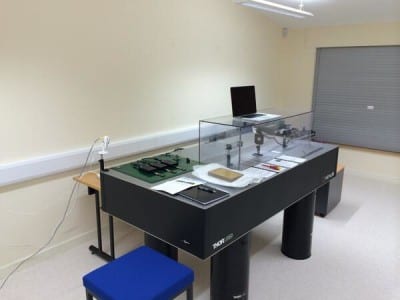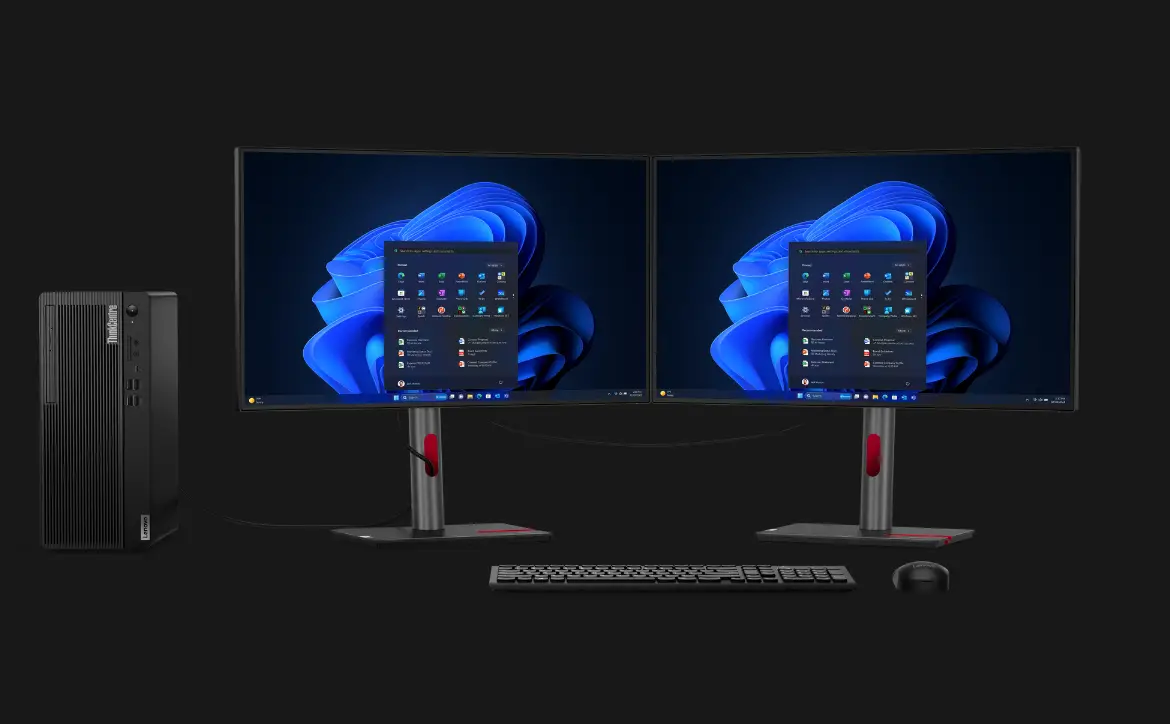Electronics Are Dead, Long Live Optical Computers! Optalysys, a small startup with some really big ideas, have shone a light on how we can make a step evolution in computer technology. Their pixelated chips are able to process multiple strands of laser light simultaneously, producing truly parallel processing.
https://www.youtube.com/watch?list=PLQK8lSHQrWKqKCX3Gmg9vNVuSn93WNYPS&v=T2yQ9xFshuc
Each strand of laser light is modulated by LCD-like pixel panes (known as Spatial Light Modulators or SLMs) with the results interpreted by a camera. The process is eminently scalable (similar to early ICs) and promises great improvements over conventional parallel processors which suffer from coordination and data transfer problems that effectively restrict their computational power. Unlike the difficulties of developing voodoo-like quantum computing this process relies on “natural” properties of light and diffraction which are easily modeled and understood.

The Optalysys developers calculate their optical CPU will be capable of exascale processing (yes exaFLOPs!) by 2020. You can easily imagine an Optalysys laptop could have apps for personal weather prediction, holistic health monitoring and personal investment control, all cheerfully managed by a human level AI and supported by a “tactile” holographic display (having an AI onboard would certainly raise the bar for potential hackers and malware!). Purely electronic machines would be like calculators compared to the panoramic possibilities for optical core processors. The main relative advantages over conventional electronic CPU’s would be:
- Scalability (potentially going down to processing individual photons)
- Minimal power consumption (and consequential heat build-up)
- Speed of light calculations (literally)
- Disruptor technology, circumvents status quo models for tech development
Although development is in its early stages, the concept has been proved with a string of associated patents dating back to 1997. Just when VLSI seemed to be running out of steam, this emerging technology will likely keep Moore’s Law on track for computing power beyond 2020.
Now, where can I buy one?
https://www.youtube.com/watch?v=k_UAkDjSJSo
Last Updated on November 27, 2018.










